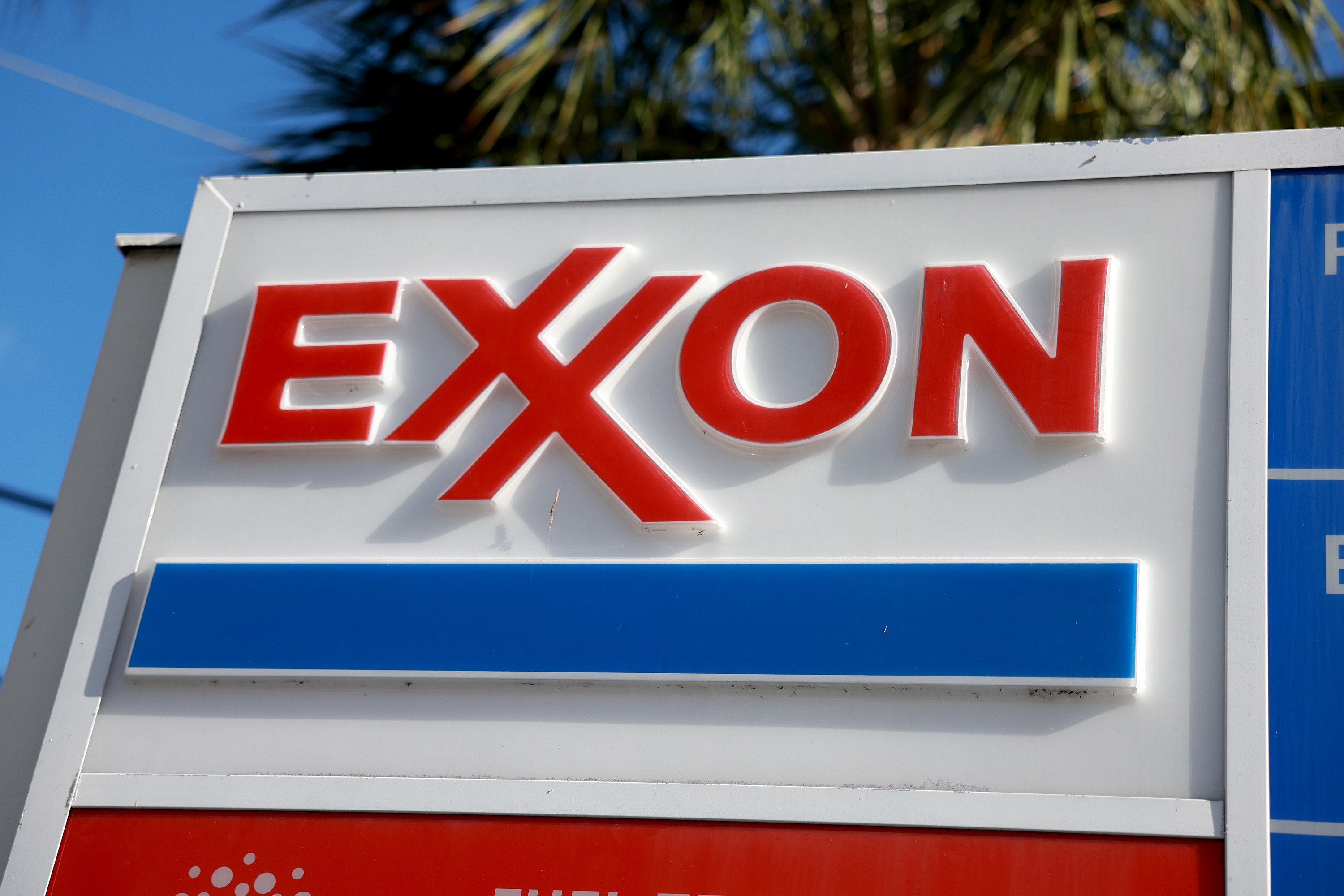You might not usually think of the U.S. energy industry and the USMCA -- the proposed U.S.-Canada-Mexico trade deal that's been called "new NAFTA" and "NAFTA 2.0" -- at the same time.
Trade matters, though, to oil and gas producers. The U.S. is not only the world's leading producer of oil and gas, but it also became a net exporter of petroleum for the first time in September. It's now essentially tied with Saudi Arabia as the biggest oil exporter in the world.
A lot of that oil and gas heads to Canada and Mexico. Fully 29.2% of exported petroleum and 75% of exported natural gas heads to one of our two neighbors. That makes the Canadian and Mexican markets vitally important for the five biggest U.S. oil producers ExxonMobil (XOM +0.13%), Chevron (CVX +0.04%), EOG Resources (EOG 0.79%), ConocoPhillips (COP 0.40%), and Occidental Petroleum (OXY 0.28%) and numerous smaller producers, too.
Here's how the USMCA deal is likely to affect them.

The oil and gas industry didn't feature prominently in USMCA coverage, but exports are a top concern for U.S. producers. Image source: Getty Images.
The more things change
The initial version of the USMCA was ratified in September 2018. However, negotiations between the White House and Congress have prompted some changes. Trouble is, a final version hasn't been released yet, so we have to rely on the September 2018 version, along with comments (or the lack thereof) made by various politicians about what was changed and what stayed the same.
What stayed the same was...just about everything, apparently. Republican Sen. Chuck Grassley notoriously said in 2018 that "95% of [the USMCA] is the same as NAFTA." With the recent changes, that may have -- maybe -- dropped to 90% or even 85%, but the bulk of the agreement is the same.
In particular, for ExxonMobil and its top oil-producing peers, that includes the 0% preferential tariff rate on oil and gas exports, as well as automatic export approval. This isn't unexpected, but it's a huge win for the industry, as tariffs would likely have jeopardized the U.S.'s newfound status as a leading energy exporter.
A lucky break
One major change that appears to have been made to the final version of the USMCA involves the controversial "Chapter 11." No, not bankruptcy: NAFTA Chapter 11 dealt with disputes between a company located in one NAFTA country and the government of another NAFTA country. It provided for a way to resolve those disputes without going through the court system of the government in question.
The reason Chapter 11 came into existence was out of fear that a new government in one country could come into power and rewrite regulations or laws that would suddenly prohibit projects into which companies or investors in another country had already sunk a lot of money.
Well, Chapter 11 is now mostly gone, except for a handful of industries...one of which is oil and gas. That's right: U.S. oil and gas companies -- which had just been granted admittance to Mexico in 2013 for the first time since 1938 -- were worried that a potential new government in Mexico might try to renationalize the industry and boot them from the country again. So they lobbied hard to keep their Chapter 11 rights in the USMCA, and it looks like they prevailed.
A load off their shoulders
The last changes of any significance for Chevron and the other top U.S. producers are some tricky little regulations surrounding determining country of origin of oil and gas and their derivatives.
Without getting too bogged down in the details, basically NAFTA put the burden on a product exporter to prove that the country of origin of its product was a NAFTA country, and provided limited ways to do so. USMCA instead puts the onus on the importer, and provides multiple new ways to go about making the determination. In particular, hydrocarbons transported by pipeline can now be qualified in most cases, which wasn't true before.
Because U.S. companies are more often exporters of oil than importers, the change is a net benefit for them.
The ink isn't yet dry
While some industries, including the automotive industry, saw substantial changes between NAFTA and USMCA, and between the 2018 USMCA and the newest version, not a lot seems to have changed for the oil and gas industry. But the alterations that have happened look like unqualified wins for ConocoPhillips, EOG, Occidental Petroleum, Exxon, Chevron, and even the smaller U.S. oil producers.
However, it's important to realize that the final version hasn't yet been ratified, and until that happens, there's always the chance something could go awry for the industry. For now, though, it looks like a Christmas present for U.S. oil and gas from our neighbors.










